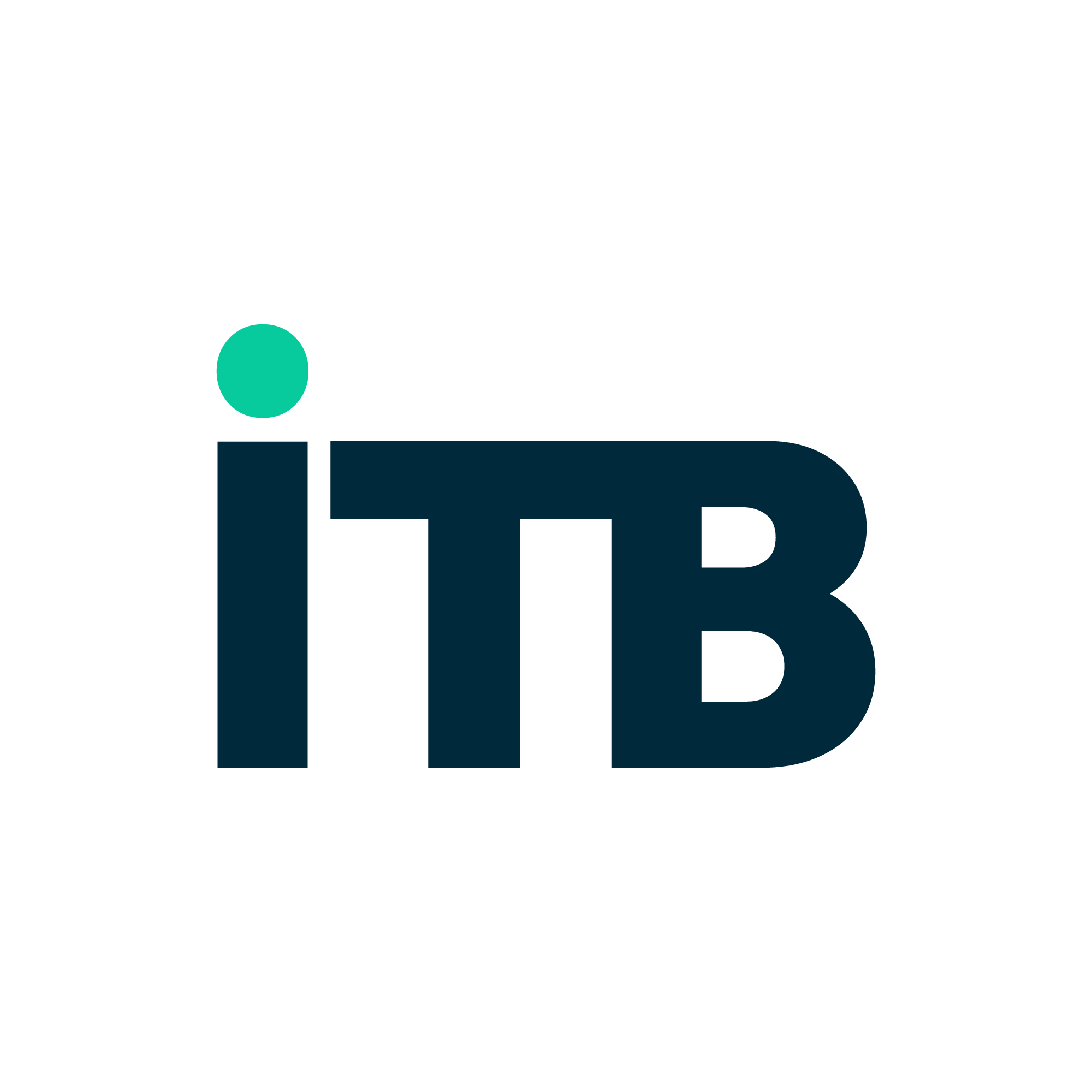In the fast-paced world of FinTech, innovation isn’t just an edge — it’s a requirement. Mobile payments, digital wallets, robo-advisors, and blockchain-based solutions have redefined the banking experience.
But behind the sleek interfaces and seamless apps is something invisible yet essential: robust IT infrastructure.
It’s the digital backbone that keeps modern banking alive — enabling speed, security, agility, and scale in an era where customer expectations change as fast as the technology itself.

Why IT Infrastructure Matters in FinTech
FinTech firms and modern banks aren’t just competing on interest rates anymore — they’re competing on experience. Instant payments, real-time alerts, 24/7 access, and personalized financial insights are now standard.
And to deliver all this reliably, financial institutions rely on:
Cloud computing for scalability and uptime
APIs for secure integration across platforms
AI/ML infrastructure for data-driven insights
Cybersecurity frameworks to protect against threats
Real-time data processing to power everything from fraud detection to personalized offers
Without strong IT foundations, even the most promising FinTech product falls apart under pressure.
Key Pillars of FinTech IT Infrastructure
1. Cloud Architecture
Gone are the days of hosting everything on-premise. Modern financial institutions are shifting to hybrid and multi-cloud environments that offer:
Elastic compute power to handle high traffic
Faster deployment of new features
Lower infrastructure costs
High availability and disaster recovery
Cloud-native apps are the gold standard in FinTech, offering the flexibility to scale up or down based on real-time demand.
2. API-First Development
APIs (Application Programming Interfaces) are the connective tissue of FinTech. They allow third-party apps to access banking data securely, fueling innovations like:
Personal finance management apps
Payment gateways
Investment platforms
Open banking ecosystems
Strong IT teams ensure that APIs are secure, well-documented, and monitored for performance — making collaboration between banks and FinTech firms seamless.
3. Real-Time Data Infrastructure
Speed is everything in finance. Whether it’s approving a loan or detecting a fraud attempt, real-time decision-making is non-negotiable.
Modern IT infrastructure supports:
Event-driven architectures using Kafka or similar platforms
Low-latency data pipelines
AI models deployed at the edge
All of this means customers get answers faster, and businesses stay agile and data-smart.
4. Security and Compliance Frameworks
FinTechs deal with sensitive data — and regulators know it. That’s why IT infrastructure must be built with:
End-to-end encryption
Role-based access control
Identity and access management (IAM)
Audit trails and compliance monitoring
Regular penetration testing and patch management
In this space, trust equals retention, and your infrastructure is your best defense.
5. Automation and DevOps
IT teams in banking no longer manually manage servers or deploy software on a quarterly basis. Instead, they’ve adopted:
DevOps pipelines for faster releases
Infrastructure as Code (IaC) for consistency
CI/CD systems to test and launch new features without downtime
The result? FinTech products that evolve quickly without sacrificing performance or security.



Real-World Example: How IT Powered UPI in India
India’s Unified Payments Interface (UPI) is one of the world’s most successful digital payment systems — processing billions of transactions every month.
What made it possible?
API-based architecture
Scalable cloud infrastructure
Real-time transaction settlement
Tight security protocols
It’s a textbook example of how modern IT infrastructure can transform an entire financial ecosystem.
IT Isn’t Just Supporting FinTech — It’s Driving It
The next wave of FinTech — think embedded finance, decentralized finance (DeFi), and AI-driven financial wellness — will demand even more from IT.
Those who treat infrastructure as a strategic investment — not just a cost center — will lead the industry forward.
In short: great FinTech is built on great infrastructure. And the future of finance will belong to those who get both right.



